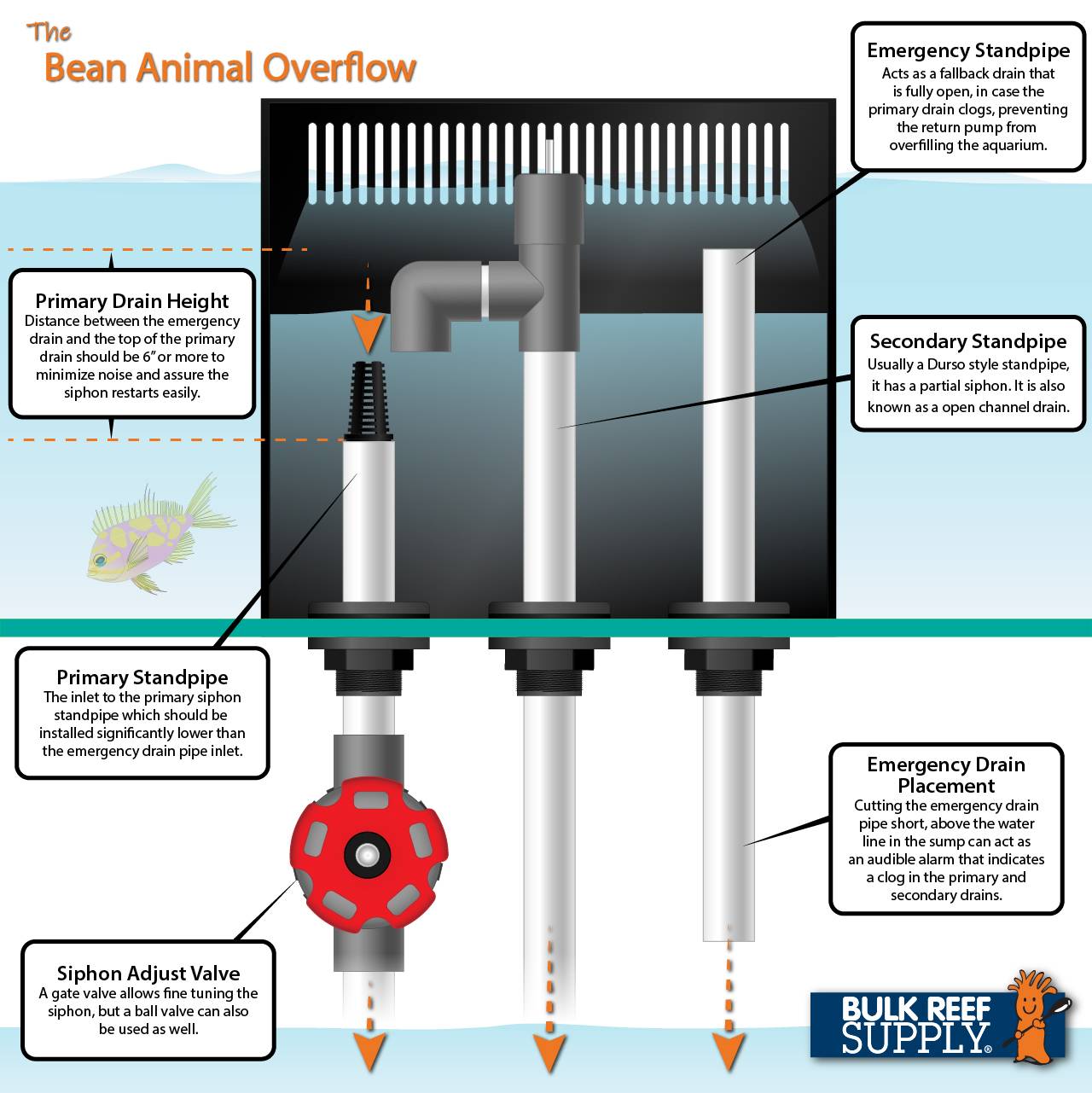marksm33
New member
Hello, All,
I'm a freshwater enthusiast and I've decided to give a Refugium a try. I purchased a 125 "reef tank" with two predrilled holes at the bottom of a weir in the tank. The tank came with a Durso pipe. It also came with another PVC pipe with a thinner diameter and flow directors that fit on top. I have two basic questions which will highlight my ignorance, I'm sure:
1) Why are the two pipes different diameters? Is that to give you better control over the flow rate on the return from the sump pump?
2) Am I completely missing it? Is the second smaller diameter PVC an emergency pipe for the weir in case the Durso gets clogged?
Any help would be appreciated and thanks!
Mark
I'm a freshwater enthusiast and I've decided to give a Refugium a try. I purchased a 125 "reef tank" with two predrilled holes at the bottom of a weir in the tank. The tank came with a Durso pipe. It also came with another PVC pipe with a thinner diameter and flow directors that fit on top. I have two basic questions which will highlight my ignorance, I'm sure:
1) Why are the two pipes different diameters? Is that to give you better control over the flow rate on the return from the sump pump?
2) Am I completely missing it? Is the second smaller diameter PVC an emergency pipe for the weir in case the Durso gets clogged?
Any help would be appreciated and thanks!
Mark

